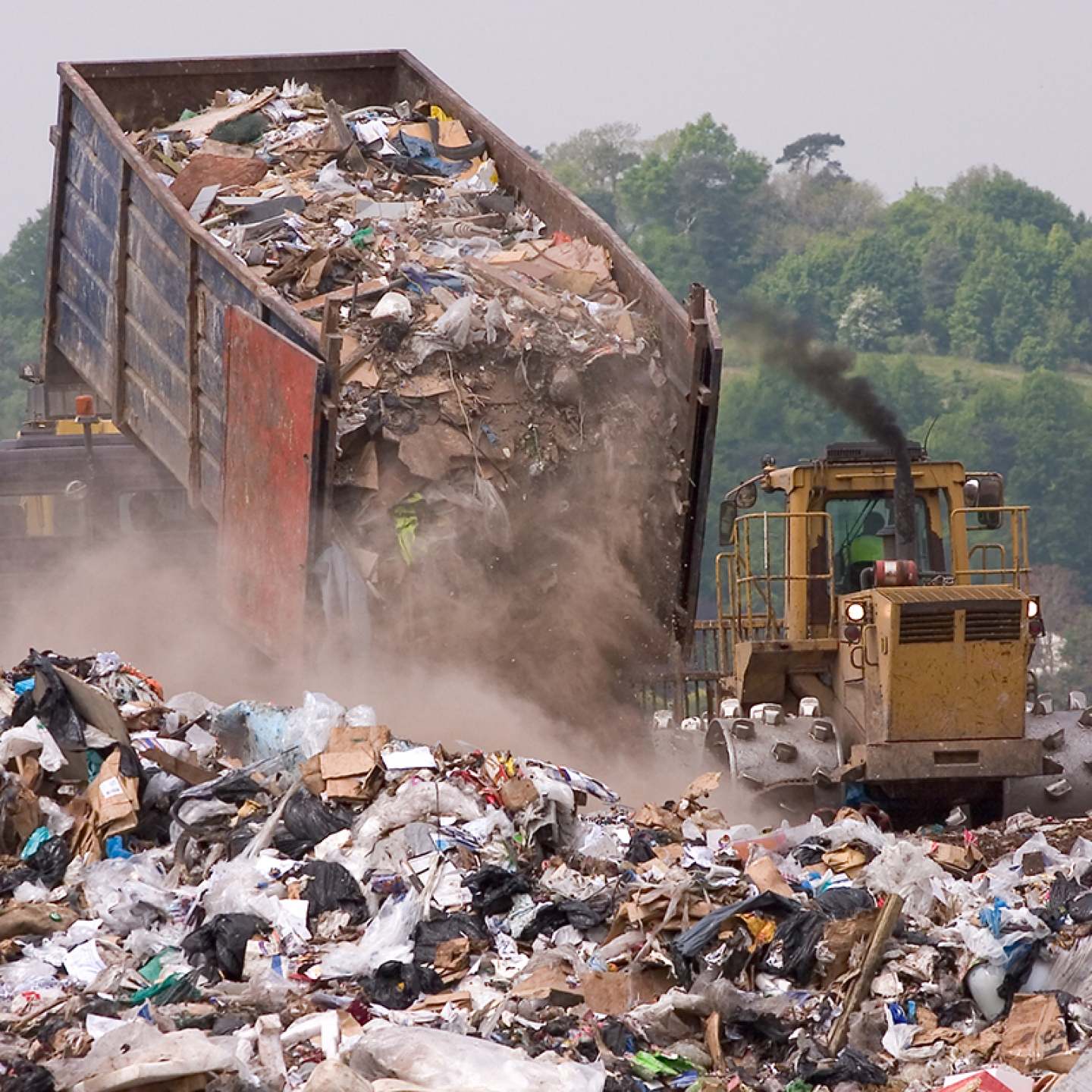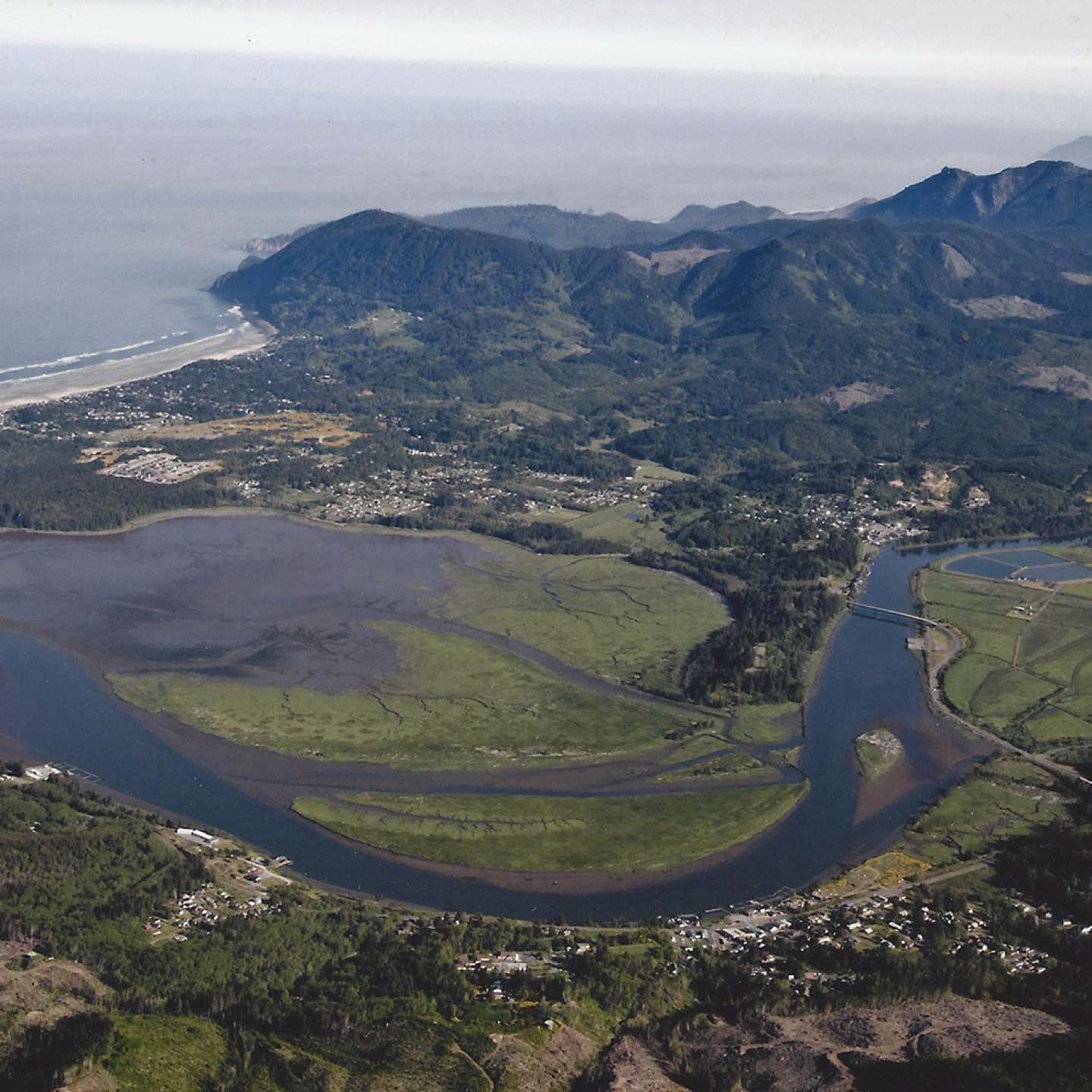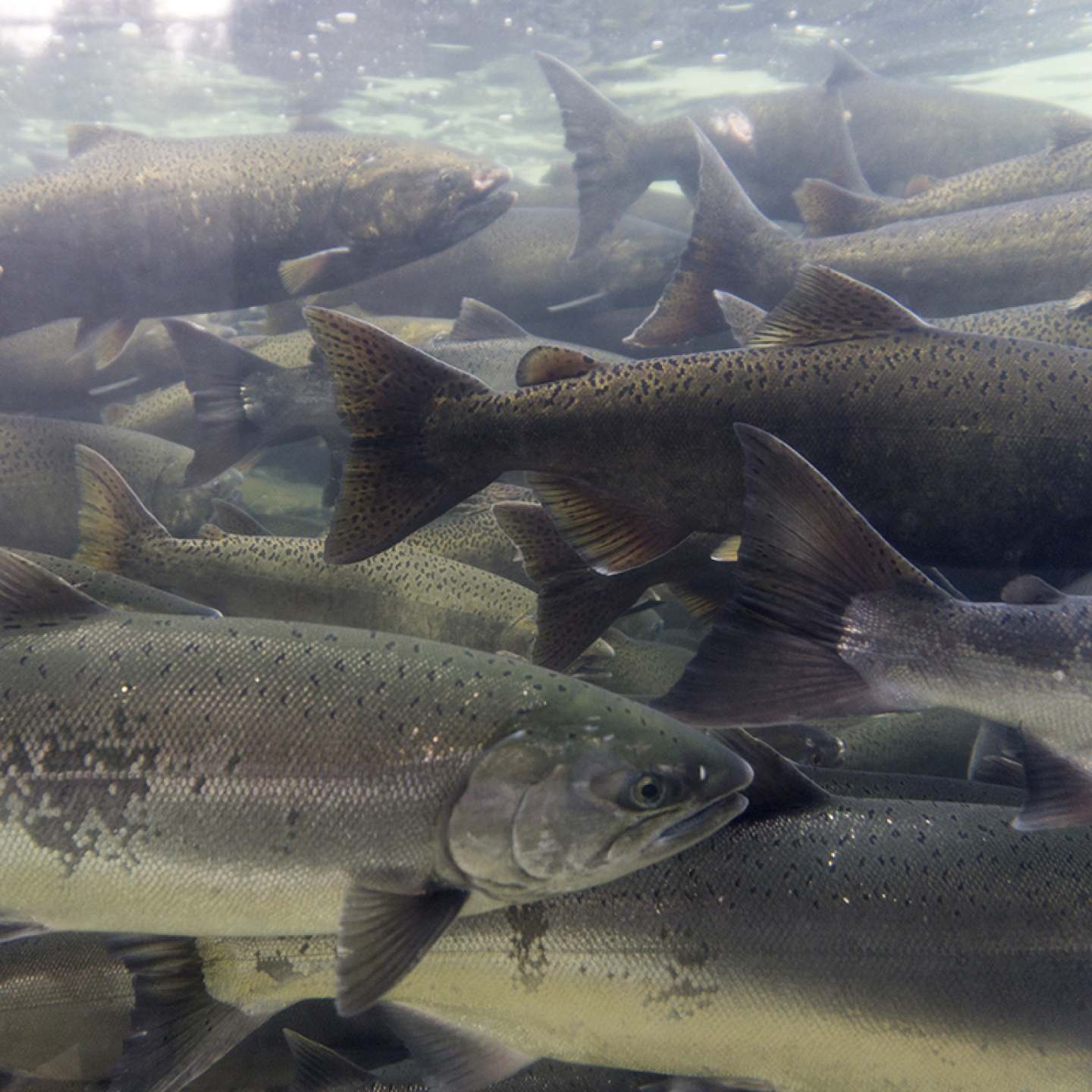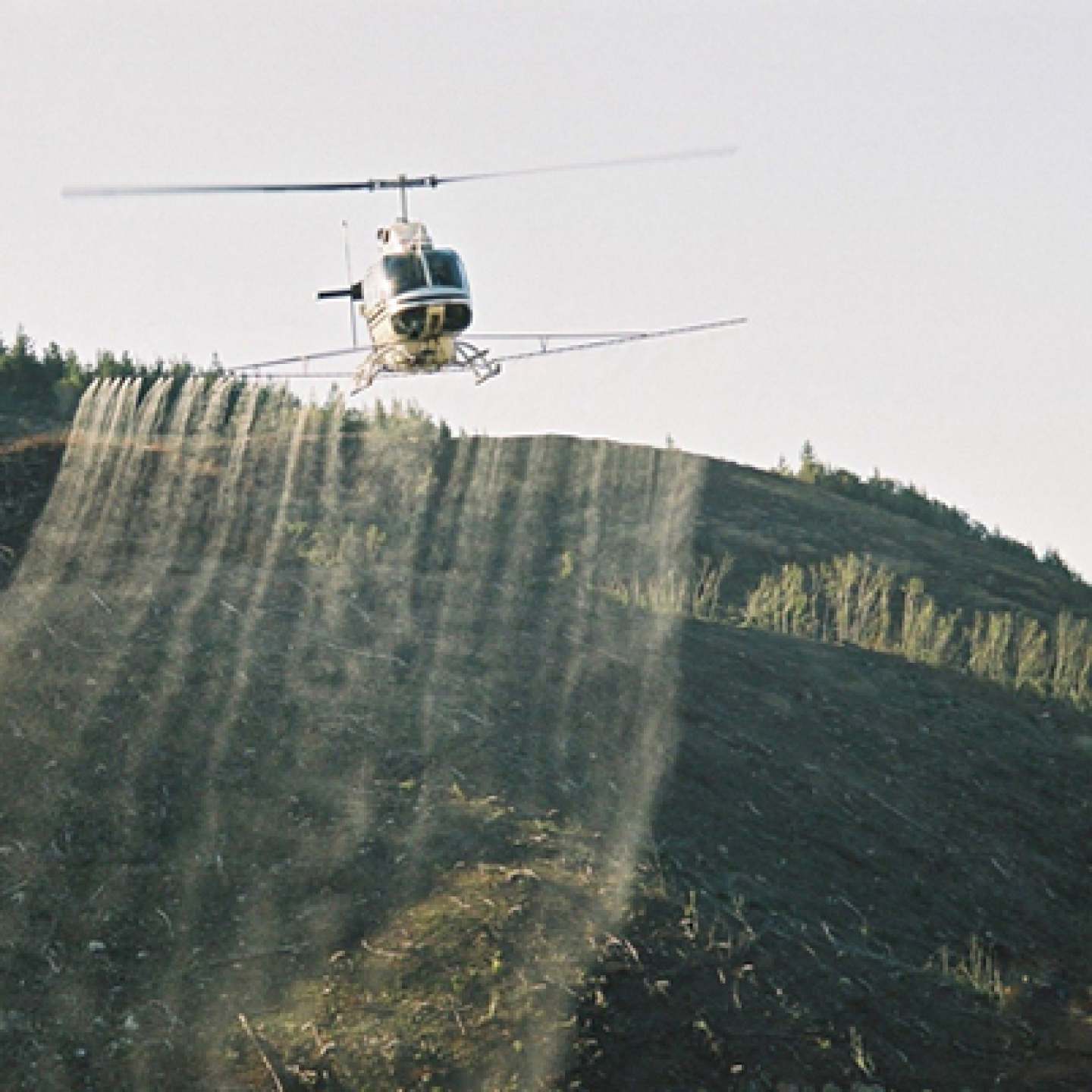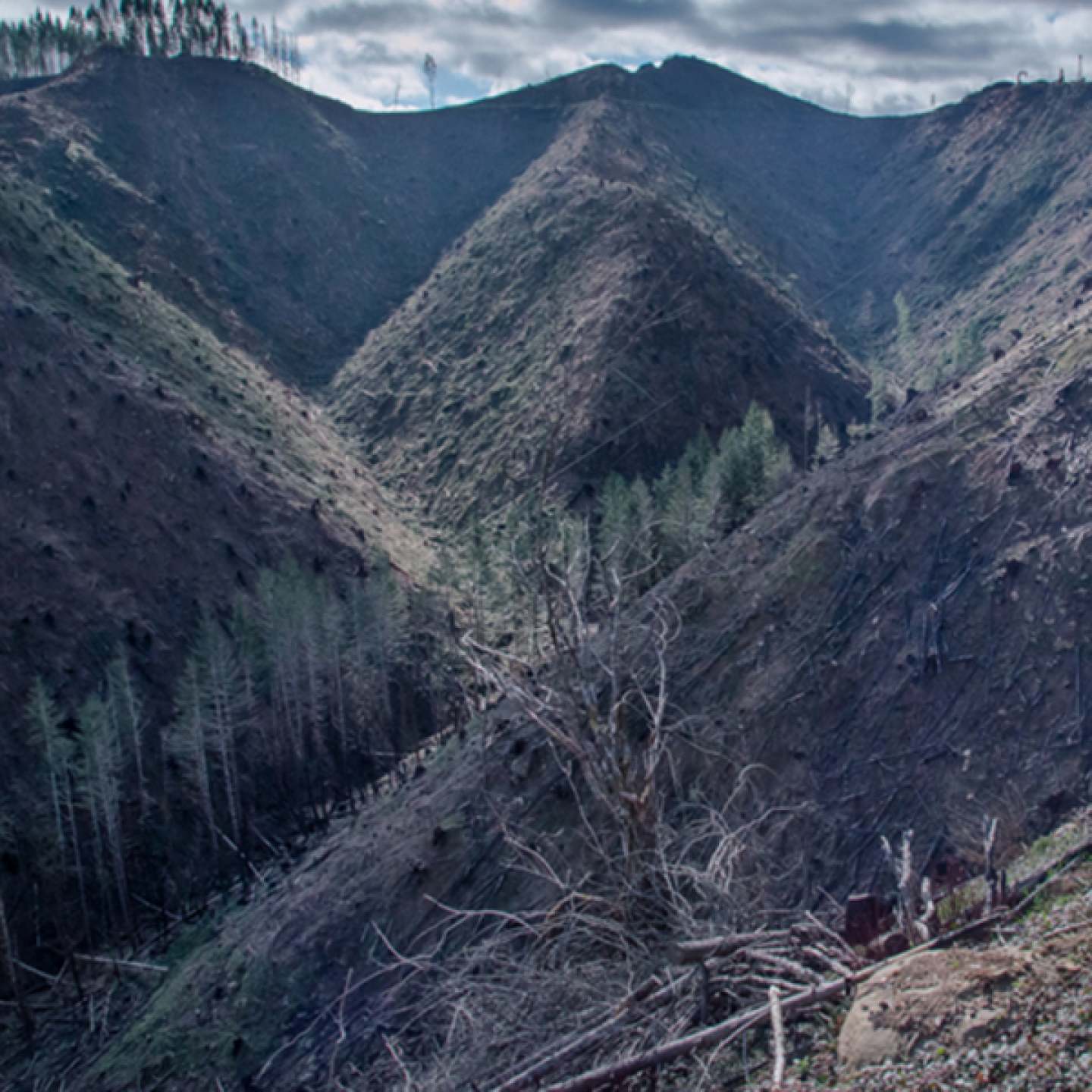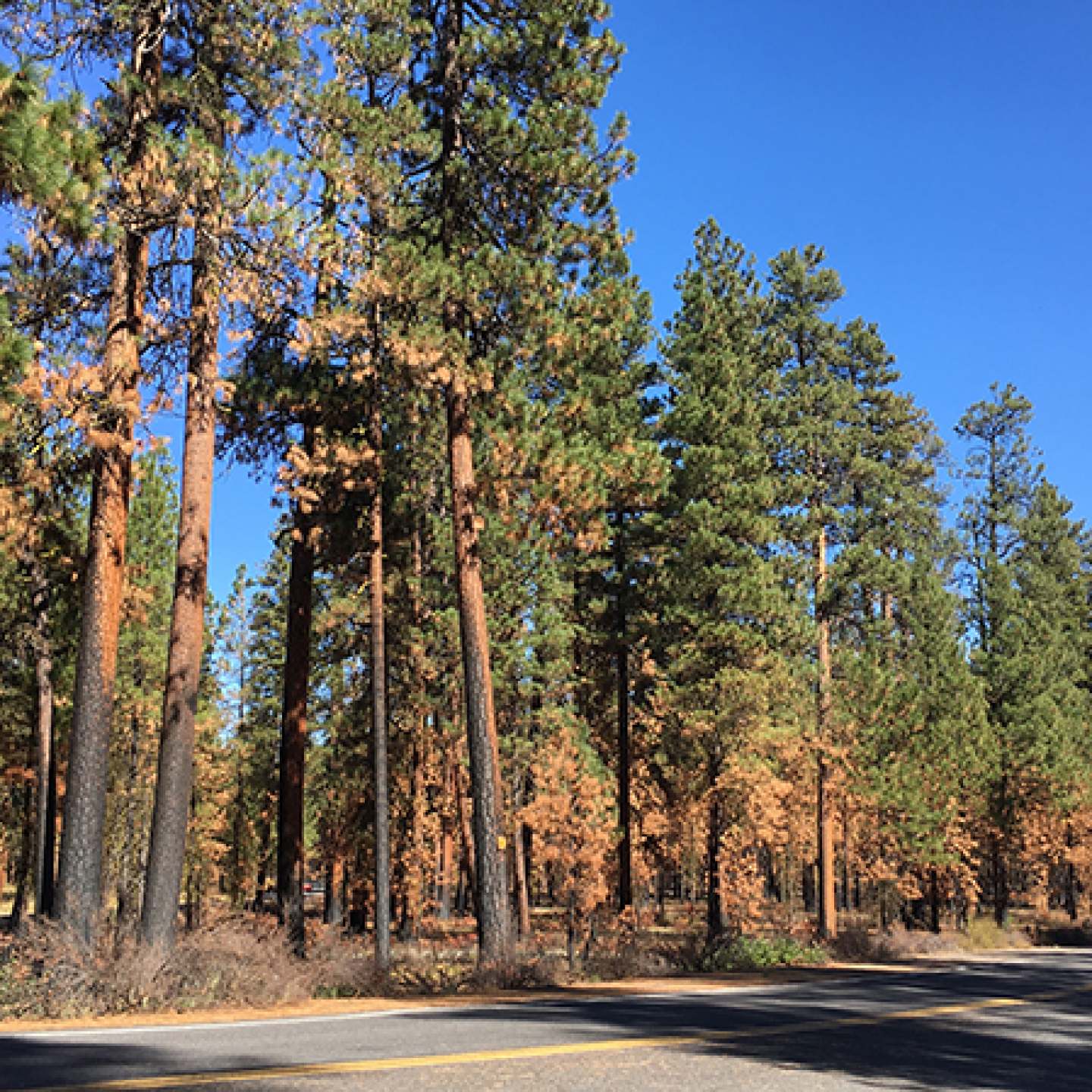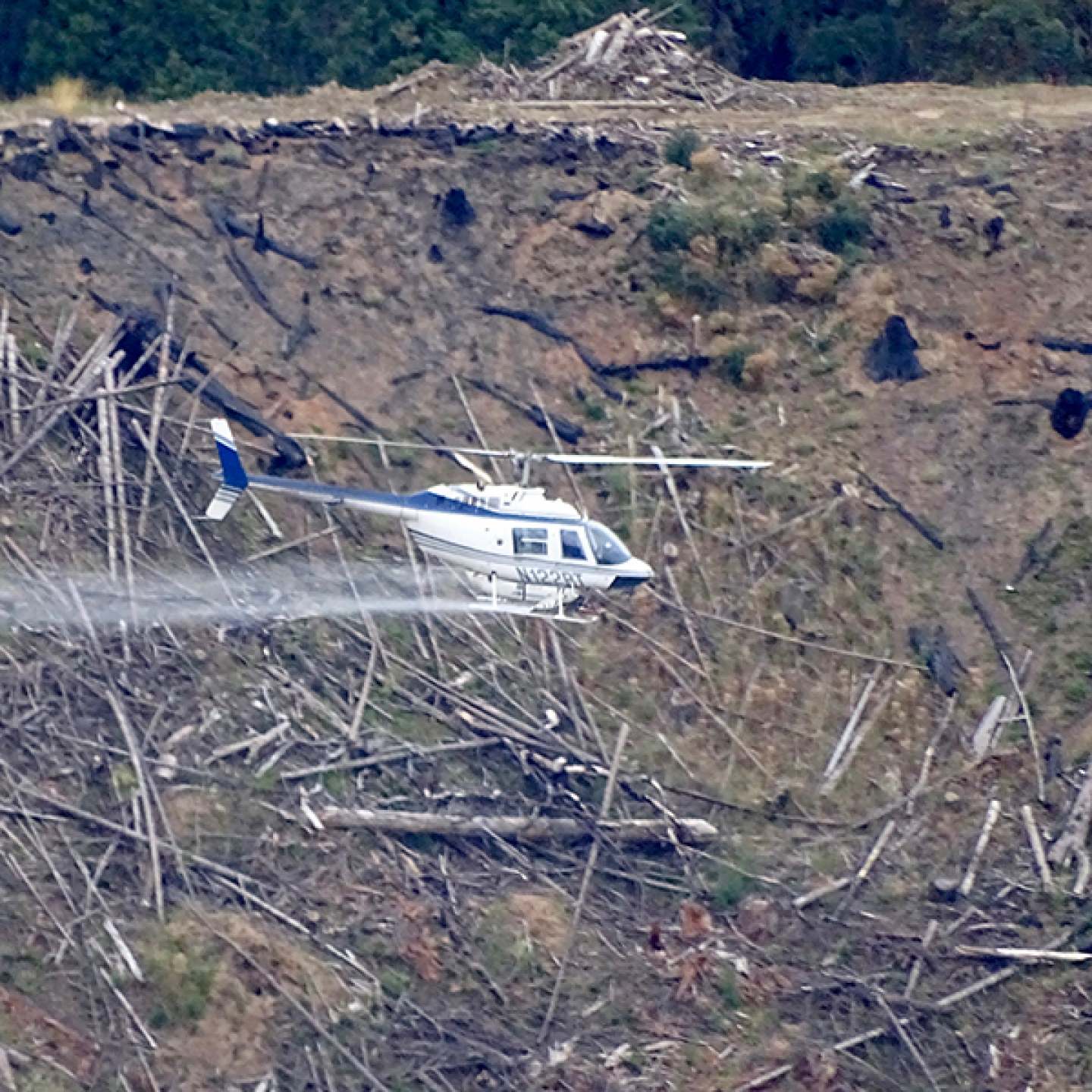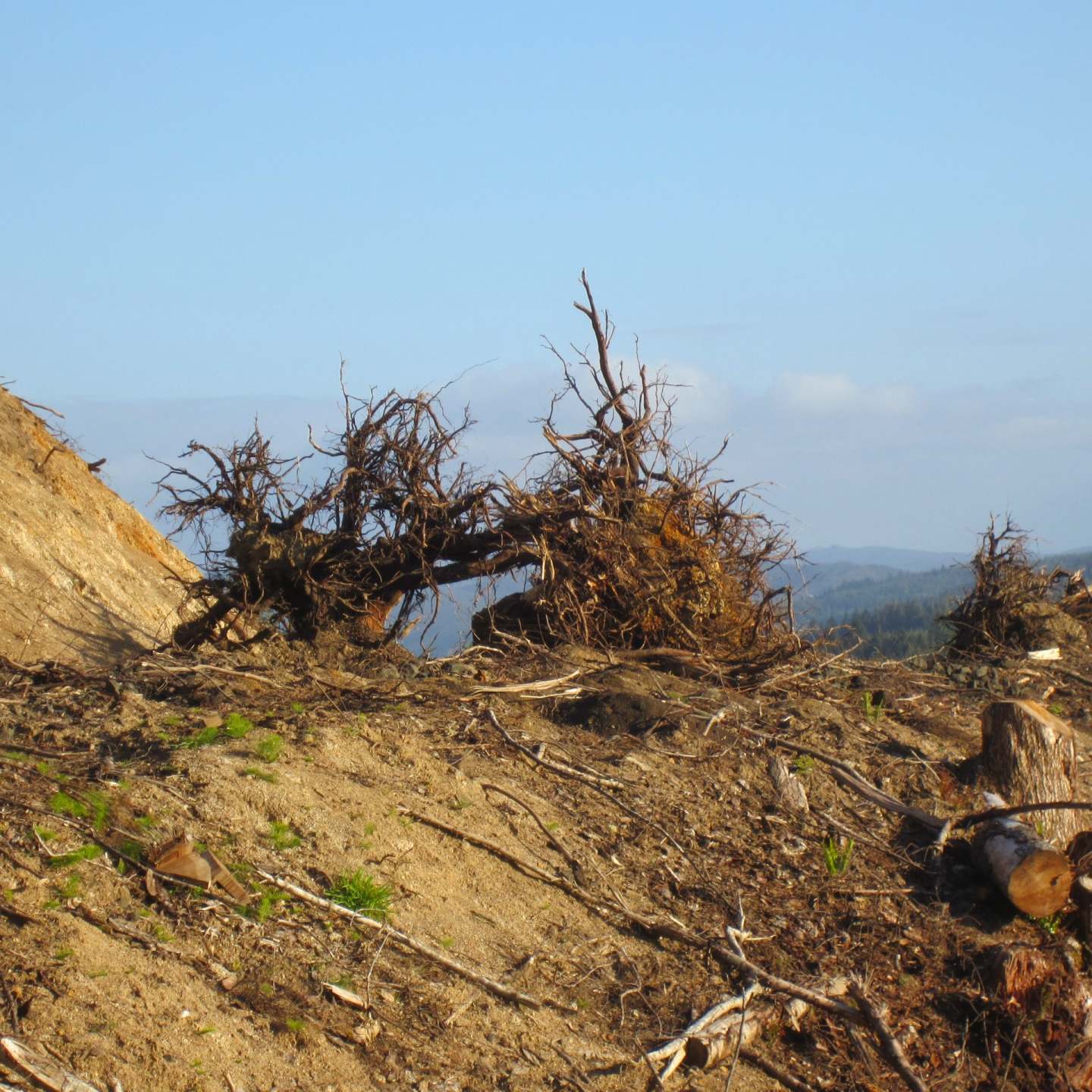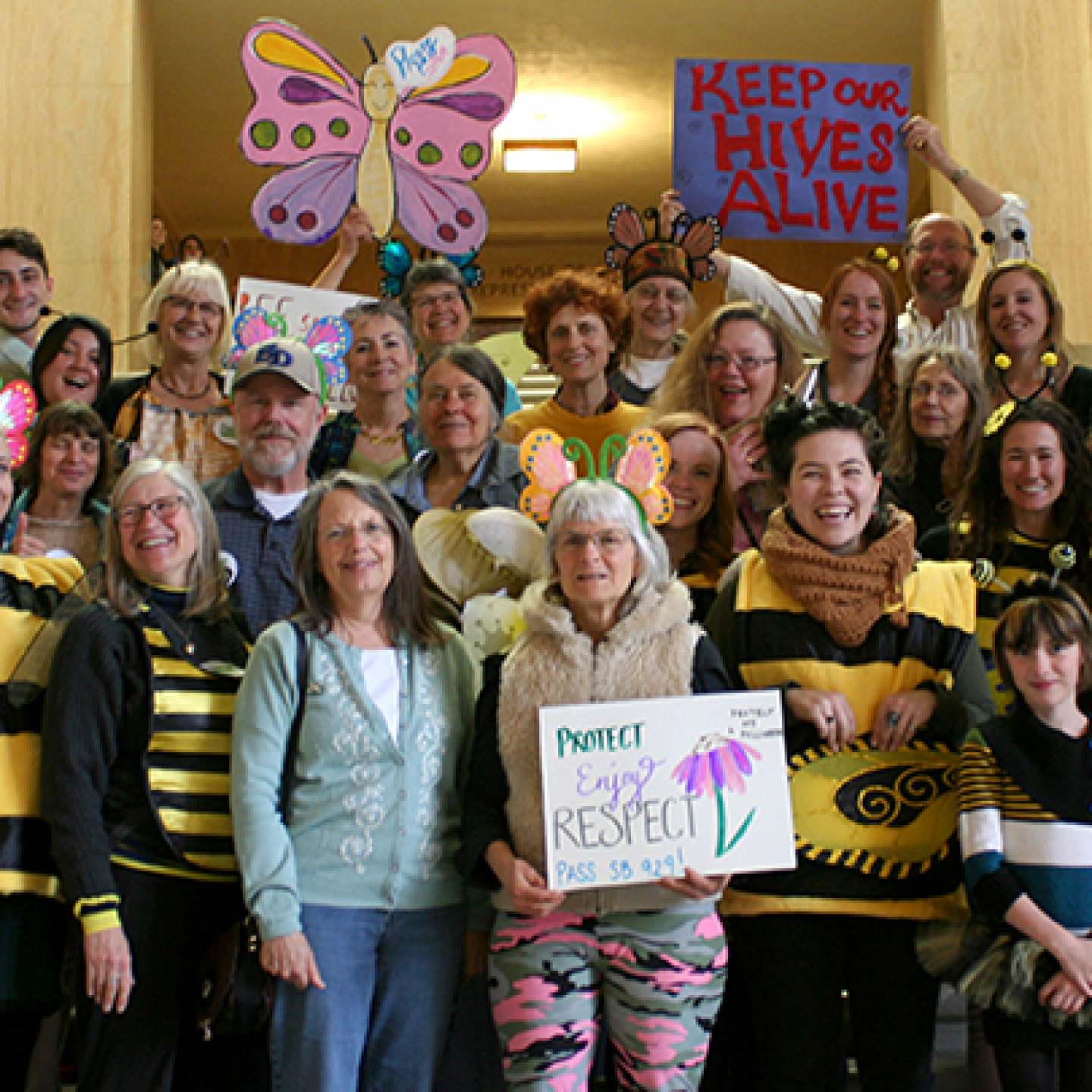Throughout history, the Siuslaw River was a vital watershed with salmon populations “second only to the Columbia.” Colonization of Oregon…
Free to breathe and thrive
I am passionate about the Earth just as I am passionate for humanity. In my eyes and the eyes of…
The Tough Keep Going: Advancing Forest Practices and Pesticide Reform
We’ve arrived at a moment when an agreement between corporate timber representatives and environmental health and forest protection defenders has…
The Real Cause Of Division In Communities
Amanda Astor ends her recent Register-Guard column with “Better understanding of forests and the science behind decision making can bring…
Central Oregon's high desert beauty at risk from herbicide abuse
Oregon state and county agencies have breached the law and the majestic Ponderosa pines of Eastern Oregon are dying as…
State Forest Agency Suppresses Its Own Aerial Spray Info
Did you know our own Oregon (ODF) is clear-cutting and chemically poisoning public state forest lands, using the same extractive…
Why You And I Are Thrilled to Protect Oregon’s People, Pollinators and Places – Again!
I’m writing this from the bedside of my childhood friend who grew up on the same street as I. Ten…
